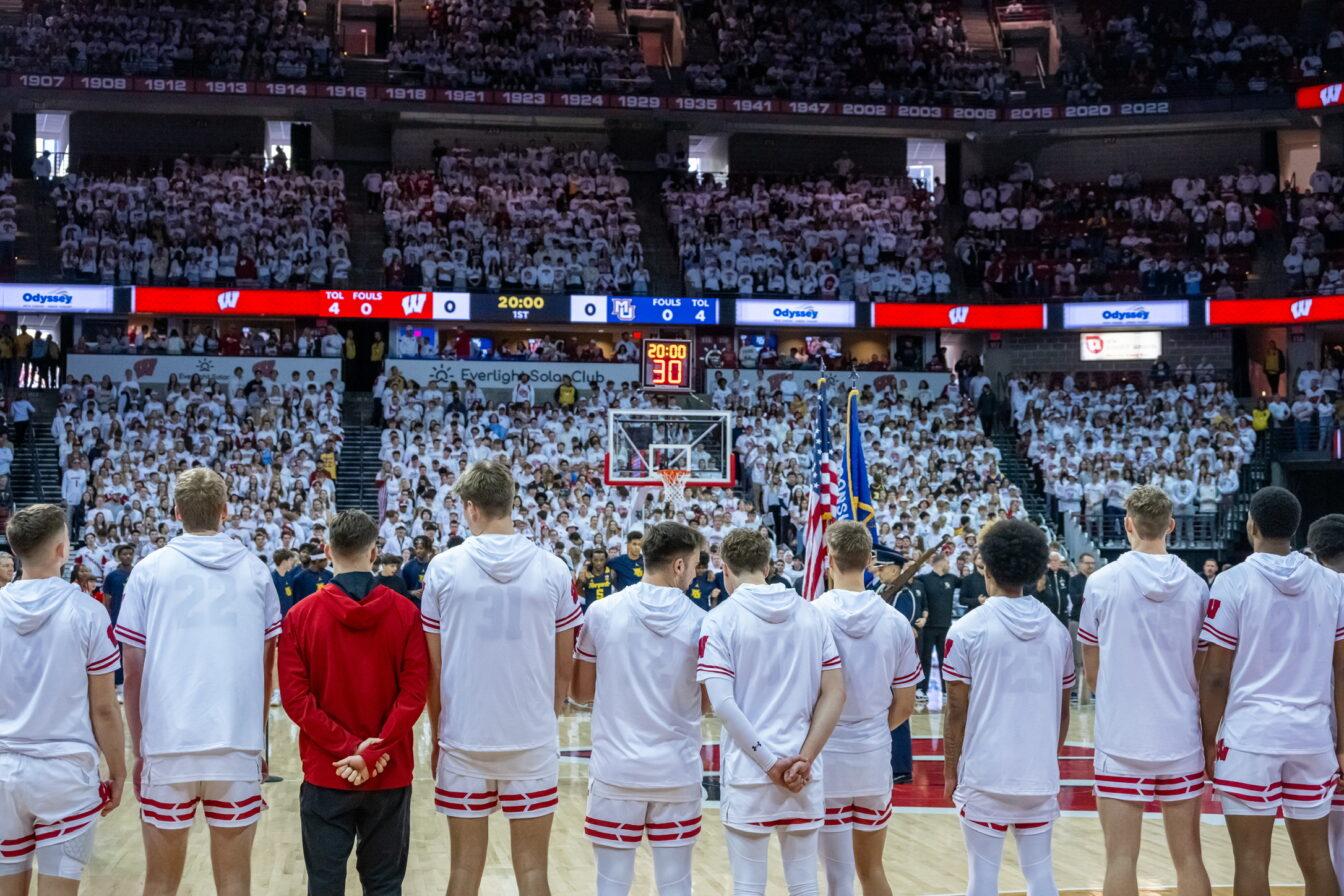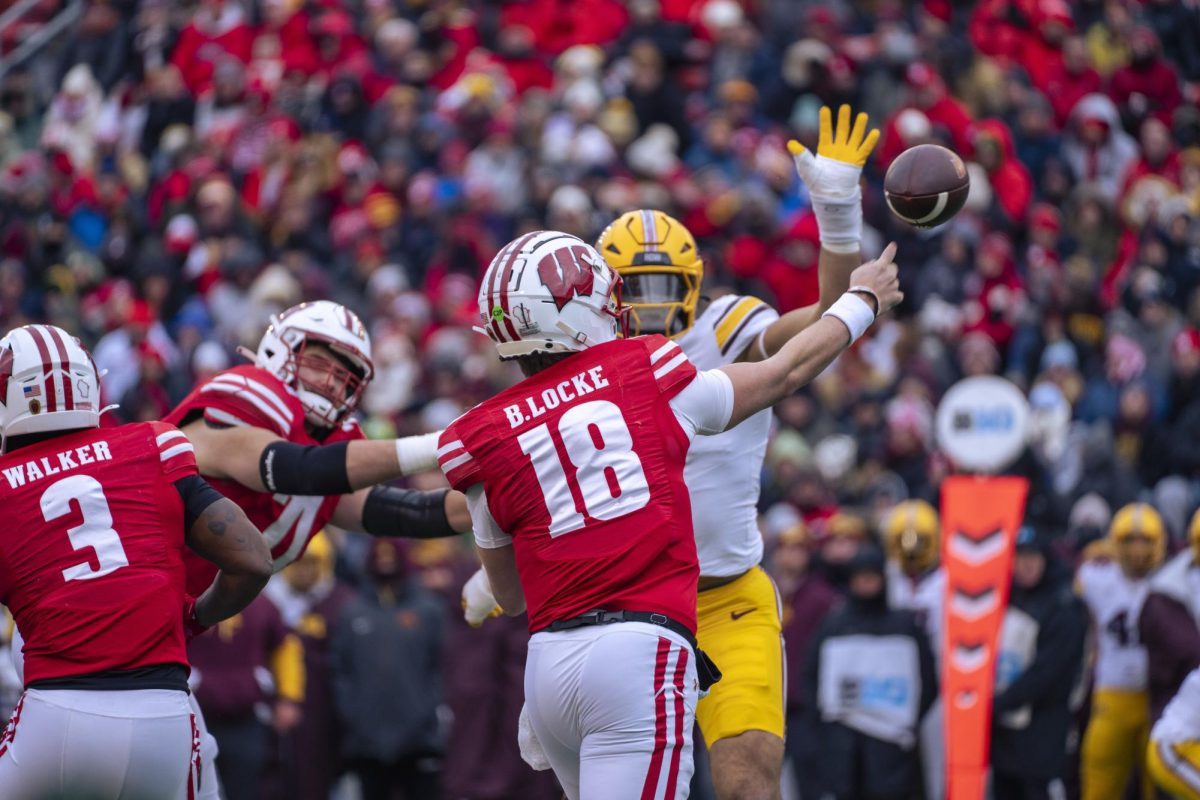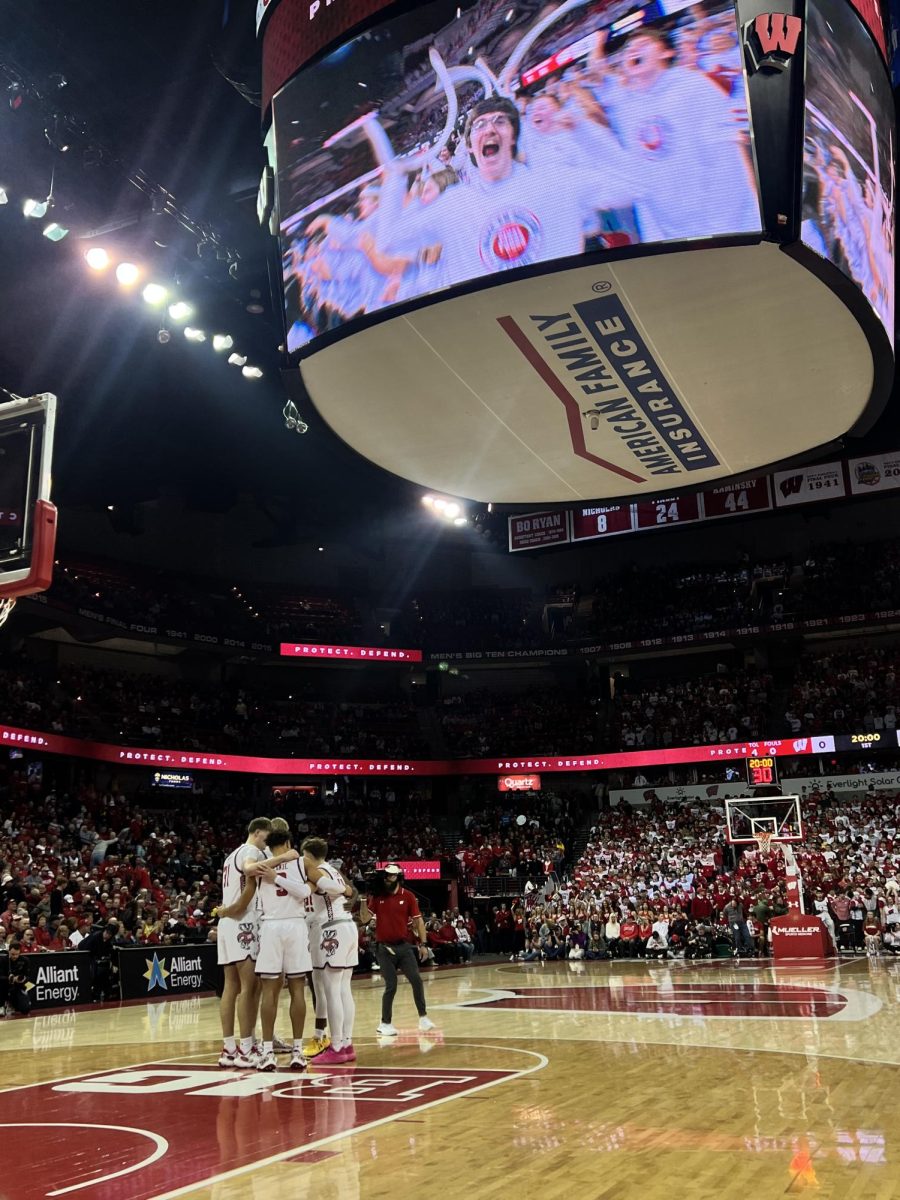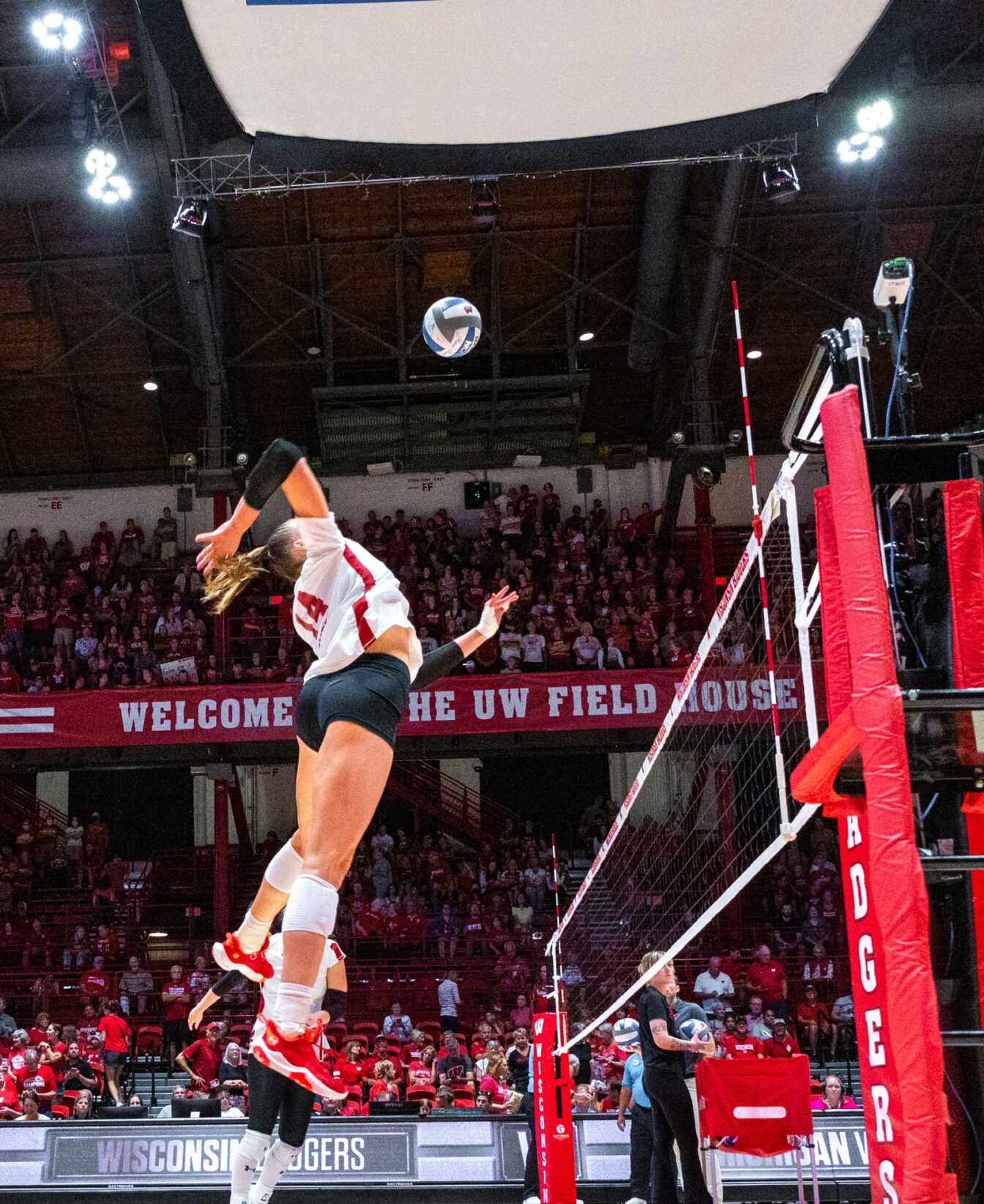In volleyball, there is a specific vocabulary, which, once a person watches the game for a while, understands. Volleyball fans know the difference between a middle blocker and outside hitter or what happens after a side-out. However, the term that seems to bring the most questions is the libero.
The term “libero” comes from the liberal substitution rules they have during play. According to the NCAA rulebook, when the libero replaces a player on the court, it does not count against the 12 substitutions a team gets per set. This is why they wear a different colored jersey. The libero may also replace any player in the backcourt, which is usually done for defensive purposes.
Essentially, liberos are defensive specialists. They are put in to dig out balls to help restart the offense. When an opposing outside hitter gets the ball over the block, it is the libero’s job to track down the ball, no matter who is in their way or the cost to their body, to save the point. They are also responsible for receiving most of the serves and getting them to the setter.
Since the libero is key to setting up the offense, he or she is the first position opposing coaches look at to find a weakness in the team. The situation puts them under constant attack from opponents, which makes it necessary for them to have a certain mental toughness and to be able to keep their head in the game.
“The opposing team’s servers and coaches are going to go after you if you ever show any signs of weakness out there,” Wisconsin head coach Pete Waite said. “They really want to make you crack so you can’t start your offense at all or you give them an easy ball coming over the net. So, there’s a certain personality it takes, and it is a real strength as an individual.”
For the Wisconsin volleyball team, they have found two very strong, capable defensive specialists in sophomore Kim Kuzma and senior Faye McCormack. The two liberos, with the help of the rest of the team, have been able to hold opposing offenses to a .156 hitting percentage, which ranks fourth in the Big Ten.
“Kim and Faye work really well together,” Waite said. “They really push each other. They both have probably the most outgoing, aggressive attitudes on the team. So they love challenging each other, making each other better. ”
Last year, both players saw limited court time because they played behind Jocelyn Wack, who finished fourth in the Big Ten in digs, averaging 4.70 digs per set. Wack also ended her career as one of the all-time digs leaders in Wisconsin volleyball history.
Playing behind Wack has been a big help for both players. Kuzma said watching Wack’s solid hitting platform and her defensive anticipation.
“She has been a great role model for them, and that’s the biggest thing,” Waite said. “I don’t think Jo is out there telling them how to do it, you know, it’s more the coaches’ job here. But, it’s more just the inspiration to do it really well and touch the ball.”
Both players have the characteristics of a good defensive specialist. Since it is the libero’s duty to be the quarterback of the back row, they need to be loud and be able to communicate well with their teammates. If there is a break in communication between the back and the front, it makes starting the offense more difficult.
“Me and Kim are very similar players,” McCormack said. “We have very similar personalities, and we are really similar in how we communicate and how we play. We are both pretty feisty players, and we like to play defense. We joke about sticking money balls all the time, which is passing really good balls.”
Being the leader of the backcourt carries a lot of responsibility. Not only must a libero have great court vision, but they also have to be able to anticipate where opposing hitters are going to go with their shot. They do this by watching a lot of film and making in-game adjustments.
“I have to be a vocal leader, especially with passing, and just telling people what balls I have and what balls they should be going for,” Kuzma said. “I know my job, individually, is getting everyone excited because I am really passionate.”
Their leadership is especially important in broken plays or when players get out of their spot. It is the job of the defensive specialist to get the team under control and reset the offense.
“Sometimes, if it is crazy play and the block isn’t there and they aren’t where they are supposed to be, you have to be able to know where to go in order to compensate for that,” McCormack said.
Having two solid defensive specialists gives the team a competitive edge over opponents, especially when it comes to pregame preparation. In most instances, usually one defensive specialist is seen throughout the game. For the Badgers, however, McCormack has been coming in for outside hitter Brittney Dolgner in the back row.
“You want to give the other team a different look and a new player to rattle them,” McCormack said. “So, I can go in and dig some balls and pass because that is my role on the team.”
As the Badgers continue the Big Ten season, look for both players to have an increased role on the team. So far, Kuzma is ranked fifth in the Big Ten in digs, averaging 4.25 per set and continues to improve on her court vision and her anticipation. McCormack’s increased consistency in the back row has improved the defense, and her senior leadership is much needed on a team as young as the Badgers.









